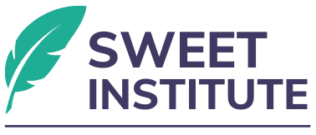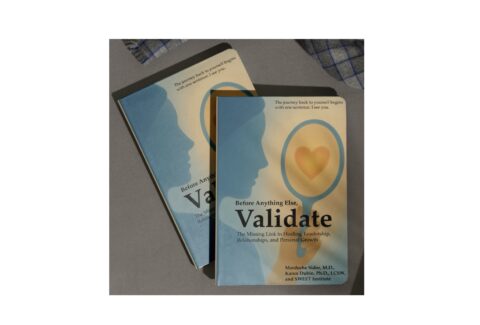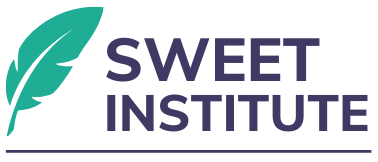The SWEET Model in Continuing Education: Redefining How Clinicians Learn and Integrate
Abstract
Continuing education for mental health clinicians often fails to translate into meaningful change in practice. Traditional models rely heavily on passive knowledge transmission, resulting in poor retention and minimal integration. The SWEET Model, when applied through the SWEET Method, addresses this gap by providing a layered, experiential, and identity-based framework for clinician learning. This article outlines how the SWEET Model transforms continuing education by fostering deep insight, engagement, critical thinking, and real-time implementation.
Keywords
SWEET Model, SWEET Method, continuing education, SWEET Institute, clinician learning, adult education, experiential learning, transformative education, applied neuroscience, reflection, psychotherapy
Introduction
Continuing education in mental health often fails to translate into meaningful change. Most programs rely on passive knowledge transmission, where clinicians receive information but rarely retain or apply it. According to Ebbinghaus (1885), more than 90% of information is forgotten within one week unless revisited and applied. The SWEET Model and its corresponding Method address this challenge by emphasizing identity-level integration, active engagement, and micro-practice, supported by a layered understanding of the human psyche.
Theoretical Framework
The SWEET Method aligns with adult learning theory, which posits that adults learn best when they are actively involved, self-directed, and able to apply content to their own lives (Knowles et al., 2012). The SWEET Formula (Why, What, How, Then What) ensures motivation, conceptual clarity, skill acquisition, and behavioral synthesis. The Framework (Principles, Techniques, Steps, Do’s and Don’ts) and Paradigm (Socratic Method, Desire Method, Collective Learning, Critical Thinking, Mastery) enhance not just retention but also implementation (Mezirow, 1997; Roediger & Karpicke, 2006).
Application and Analysis
The SWEET Method turns theory into action. Clinicians do not just “learn” about cognitive distortions or validation techniques—they practice them, discuss their use, apply them to real cases, and reflect on their emotional experience. This is consistent with Kolb’s experiential learning cycle (1984), which emphasizes active experimentation and reflective observation. Studies show that when learners generate their own answers, rather than passively receive them, retention and engagement increase (Bjork & Bjork, 2011).
Implications
By applying spaced repetition, emotional salience, and peer reflection, the SWEET Model enhances retention and clinical confidence. Furthermore, it improves real-world application, a gap often found in traditional CE models (Darling-Hammond et al., 2017). It also mitigates burnout by restoring autonomy, purpose, and mastery to the learning process.
Conclusion
The SWEET Model transforms continuing education from passive knowledge intake into a living, breathing practice of professional and personal growth. It empowers clinicians to become active participants in their evolution, guided by curiosity, connection, and purpose.
References
- Bjork, R. A., & Bjork, E. L. (2011). Making things hard on yourself, but in a good way. Psychology and the Real World: Essays Illustrating Fundamental Contributions to Society, 56–64.
- Darling-Hammond, L., Hyler, M. E., & Gardner, M. (2017). Effective teacher professional development. Learning Policy Institute.
- Ebbinghaus, H. (1885). Über das Gedächtnis.
- Kolb, D. A. (1984). Experiential learning.
- Knowles, M. S., Holton, E. F., & Swanson, R. A. (2012). The adult learner: The definitive classic in adult education and human resource development (7th ed.). Elsevier.
- Mezirow, J. (1997). Transformative learning. New Directions for Adult and Continuing Education.
- Roediger, H. L., & Karpicke, J. D. (2006). The power of testing memory. Psychological Science, 17(3), 249–255.
Download the scholarly version of this article by clicking HERE









